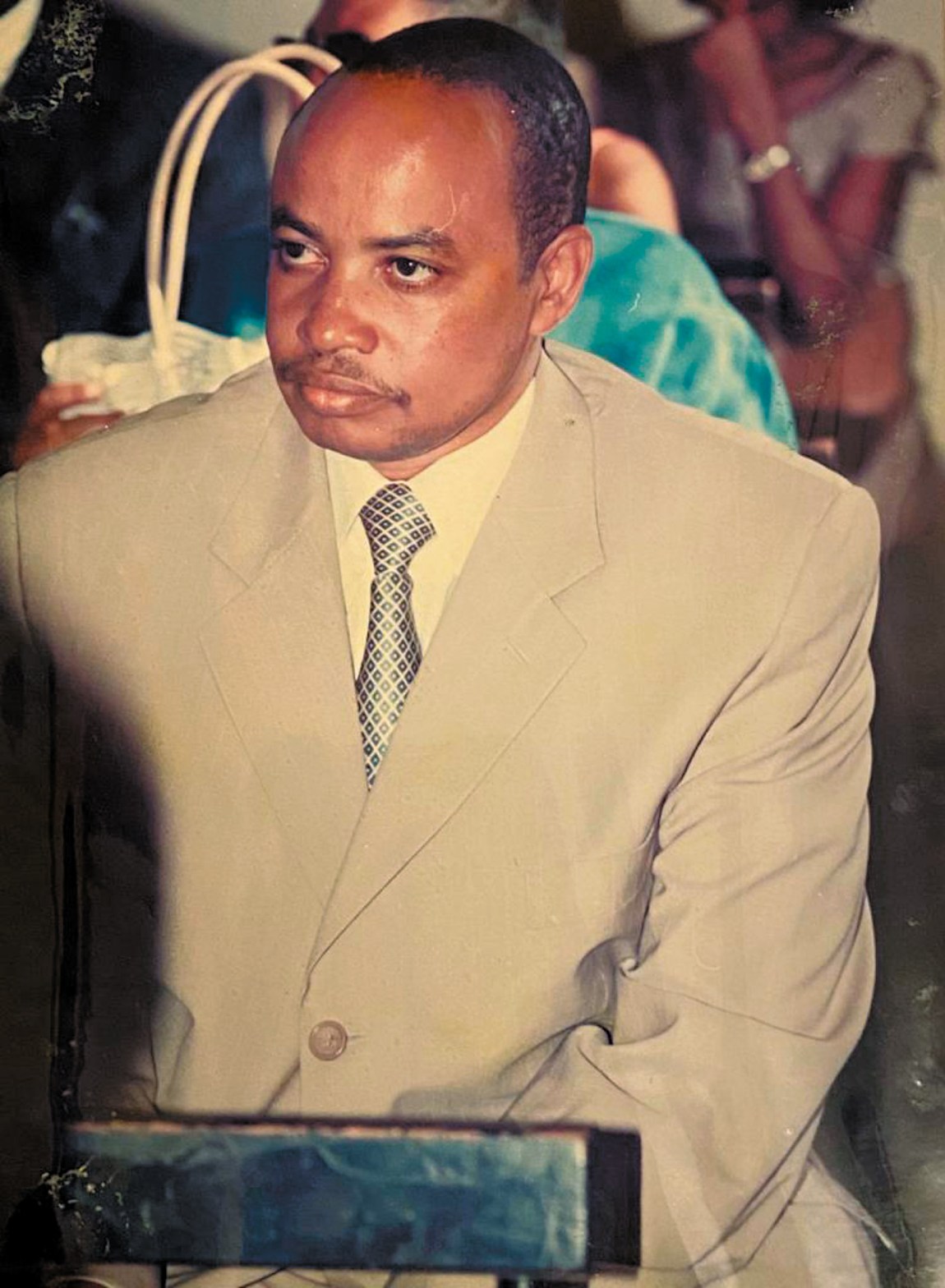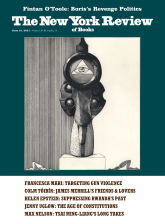On New Year’s Eve, 2013, Rwanda’s former intelligence chief Patrick Karegeya was strangled to death in an upscale Johannesburg hotel. According to a South African inquest, Karegeya, who’d fled Rwanda six years earlier, had been lured into a deadly trap by operatives working for Paul Kagame, the leader of the regime he’d once served.
As a youth, Karegeya embodied the promise of postcolonial Africa. He was born into a pastoralist family in 1960 and seemed destined for a life of family, clan, and cows, but his sharp intelligence was recognized early on, and he was encouraged to attend university. He grew up to become a sophisticated government official, known to diplomats and foreign journalists for his charm, humor, and insights into African politics.
Michela Wrong’s Do Not Disturb follows Karegeya’s life from African herd boy to BMW-driving government spy to renegade refugee who fell prey to the boredom, loneliness, and conspiracies of exile. She also provides a refreshingly critical portrait of Kagame, who was celebrated after the 1994 Rwandan genocide for quelling the violence, fostering the rebirth of the economy, and bringing a Singaporean efficiency to agricultural planning, malaria control, and street cleaning. Bill Clinton hailed him as “one of the greatest leaders of our time,” and the World Bank poured money into his country.
But as Wrong shows, the tall and grave-looking Kagame was no African Abraham Lincoln. His corrupt military junta has massacred thousands in Rwanda and in neighboring Democratic Republic of Congo, staged fake elections, and imprisoned and assassinated his critics. Wrong compares Karegeya’s fate to that of the Saudi journalist Jamal Khashoggi, also murdered, in all likelihood, on the orders of a leader who’d beguiled the West with his apparent commitment to modernization.
-
1
“Crimes Committed by Kagame and the RPF: Testimony of Major Alphonse Furuma (Part 1),” The Rwandan, April 13, 2016. ↩
-
2
Commission de recherche sur les archives françaises relative au Rwanda et au génocide des Tutsi, La France, le Rwanda et la génocide des Tutsi (1990–1994), March 26, 2021. ↩
-
3
“Exile from Rwanda: Background to an Invasion,” February 1991. The report also contains other misleading information. It states, for example, that the Red Cross estimated that between 1981 and 1985 60,000 Rwandans were killed in an area of Uganda known as the Luwero Triangle. But this is not what the Red Cross claimed, according to Robert Kaplan’s The Good American: The Epic Life of Bob Gersony, the US Government’s Greatest Humanitarian (Random House, 2021); see p. 102. See also Daniel K. Kalinaki, Kizza Besigye and Uganda’s Unfinished Revolution (DominantSeven, 2014), p. 59. ↩
-
4
Yuko Otake, “Suffering of Silenced People in Northern Rwanda,” Social Science and Medicine, Vol. 222 (February 2019). ↩
-
5
For an excellent survey of this, see Milton Allimadi, Manufacturing Hate: How Africa Was Demonized in Western Media (to be published by Kendall Hunt in 2021); see also Laura Seay and Kim Yi Dionne, “The Long and Ugly Tradition of Treating Africa as a Dirty, Diseased Place,” The Washington Post, August 25, 2014. ↩






